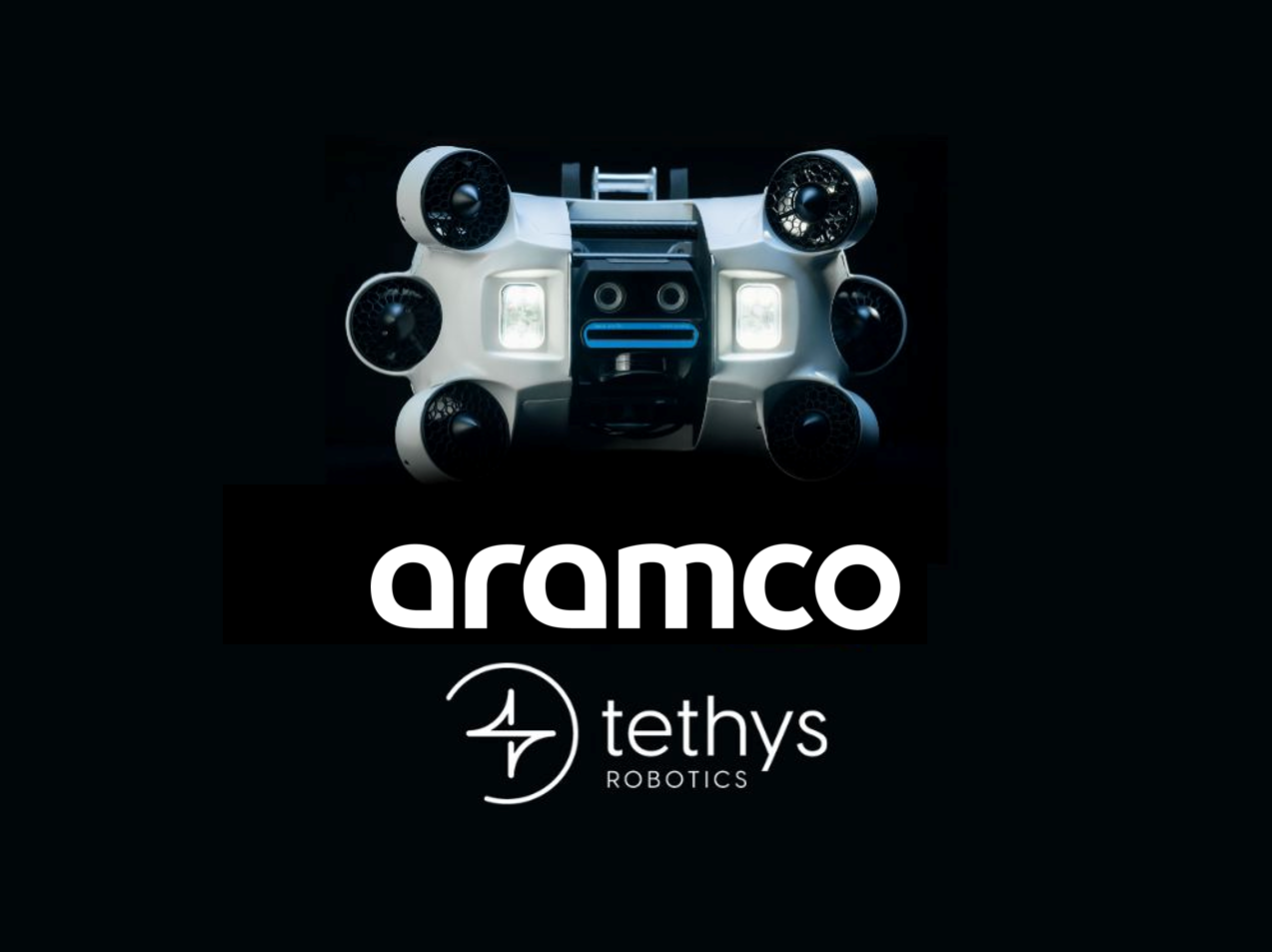Unexploded Ordnance
Delivery to EOD
The Swiss Drone and Robotics Centre of armasuisse Science + Technology is carrying out research on a diving robot together with Tethys Robotics from ETH Zurich and the Command Explosive Ordnance Disposal and Demining (EOD). After about two years of cooperation with EOD, the first prototype was handed over to the divers of the EOD Command on 30/5/2022.
It is dark, the view is poor and silence prevails. Equipped with dry suits, respiratory air and torches, divers of the Command Explosive Ordnance Disposal and Demining (EOD) are searching underwater for ammunition. Over 8,000 tons in the form of unexploded ordnances and ammunition remnants still lie in target areas and dumping sites of Swiss waters. Finding and recovering this ammunition is not just challenging for humans, but it is also dangerous and time-consuming, as well as often entailing repetitive activities. In order to support this and similar applications, the Swiss Drone and Robotics Centre (SDRC DDPS) of armasuisse Science + Technology is carrying out research on an underwater robot, together with Tethys Robotics from the ETH Zurich and later with the divers of the Command EOD.

This cooperation started with the first tests in Lake Thun in 2019. The cable-bound robot at that time, «Scubo 2.0» was remote-controlled by researchers from Tethys Robotics to find and grasp previously placed pieces of ammunition underwater. The goal is to evaluate the extent to which this kind of robot can support and provide relief for divers in tasks such as underwater reconnaissance, logistics assignments and the manipulation of objects. However, both the finding and grasping of objects turned out to be difficult, as «Scubo 2.0» had until then only been tested under laboratory conditions. In order to enable applications outside of the controlled laboratory environment, fundamental adjustments were necessary.

Over a period of two years, the robot was completely overhauled, then deployed and evaluated in practical scenarios, together with the divers and other users. The result of these tests is the robot «Proteus», which is equipped with a depth sensor, underwater GPS, sonar, LEDs for lighting and a gripper, in addition to cameras. The structure and shell have also been fundamentally overhauled and now enable working at a depth of up to 600 metres so that the beds of all Swiss bodies of water can be reached. The power supply is now battery-supported, enabling operations of up to four hours. Nevertheless, the robot is still cable-bound, in order to send larger quantities of data underwater promptly and reliably to the control station at the surface, where this data is further processed and from where the robot can be controlled.
.jpg)
The very close cooperation between researchers and users has resulted in the «Proteus 22» robot reaching a sufficiently high level of technological maturity and it was handed over to the divers of EOD Command on 30 May 2022 as part of the SDRC initiative ARDET (Advanced Robotic Detachment). ARDET enables users to test and use technology which is not yet available on the market. On the one hand, new skills can thus be established, while on the other hand, experience can be gained at an early stage in various military domains. The findings and proposals for improvement from these operations then flow back to the researchers, who can continue the development of the system.
In parallel, Tethys Robotics is already researching new technologies to drive forward the development of underwater robotics. For example, it is being investigated how the sonar can make camera-based navigation algorithms under water more reliable and precise. The research group is also working on a robot with more powerful motors and a flow-optimised outer shell. This model, the world’s first demonstration model, aims to enable stationary work in flowing waters, which has been impossible for divers in strong currents up to now. As soon as these technologies indicate a sufficiently high level of durability, they can be transferred to the divers’ system, so that they can once again benefit from the state-of-the-art technology. Close cooperation will thus continue, in order to test the latest technologies in the application while at the same time driving forward research with a practical orientation.


